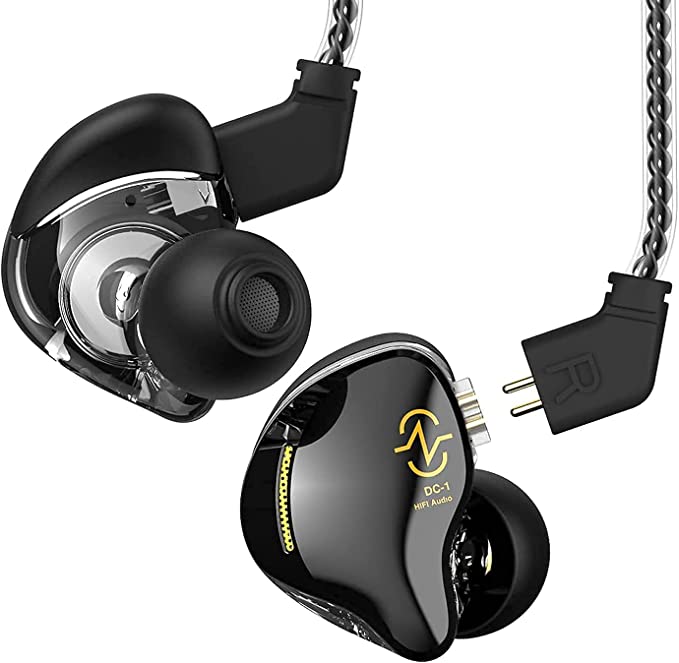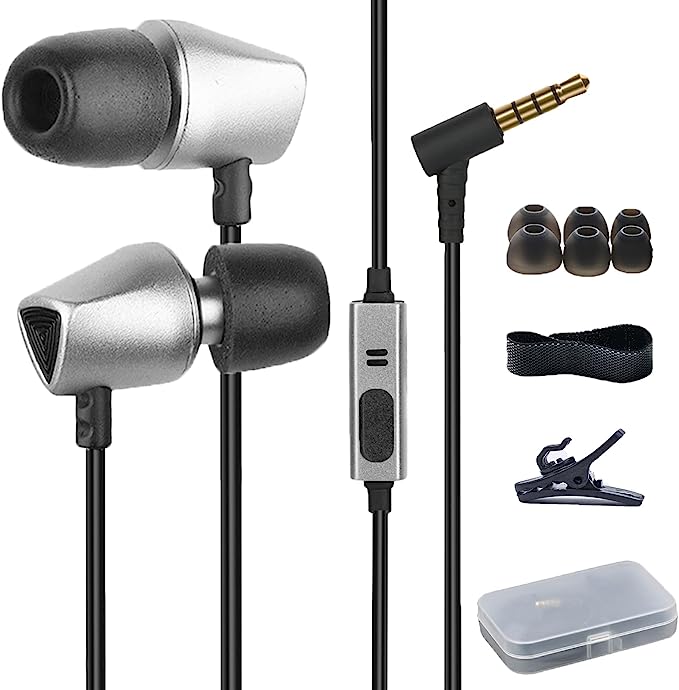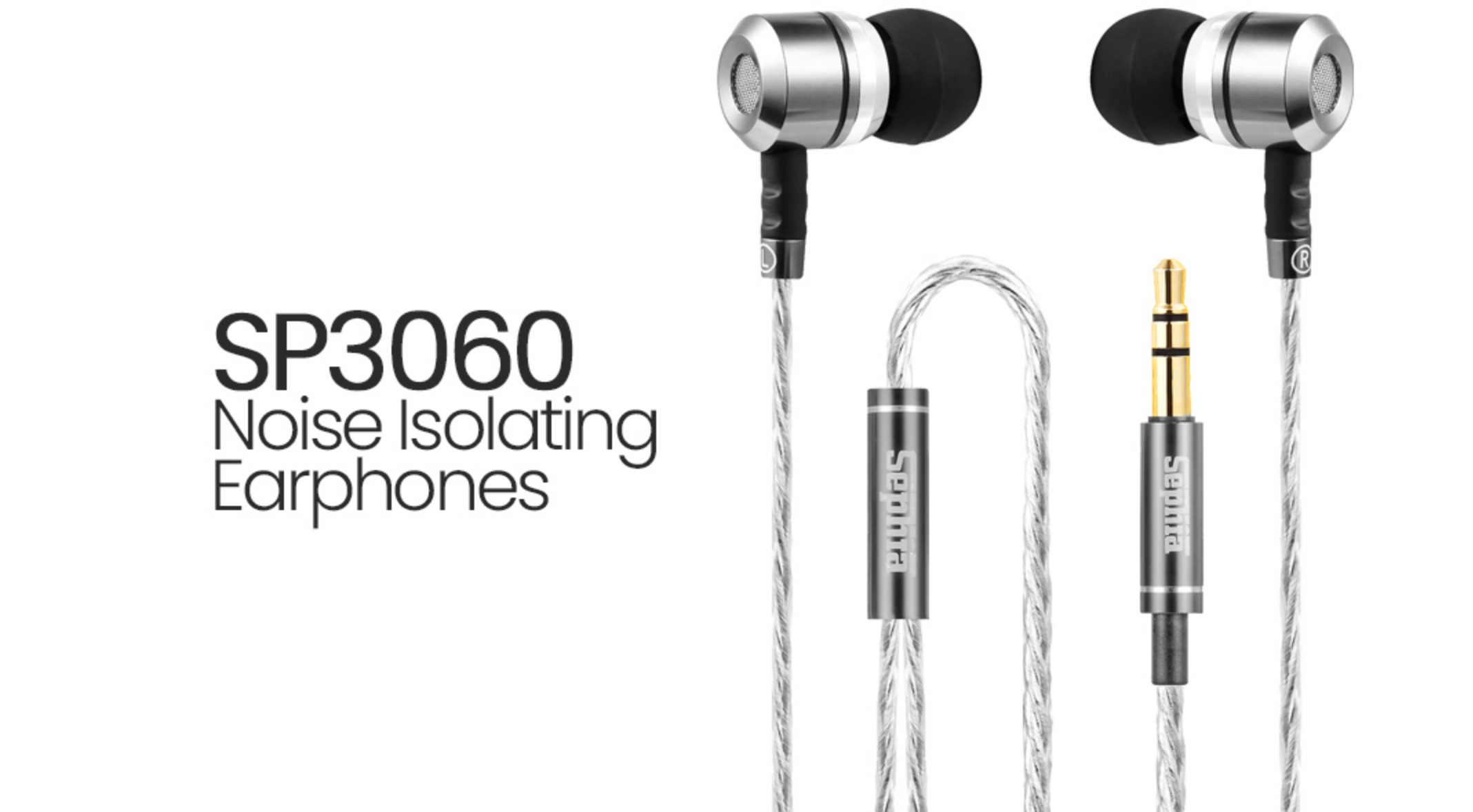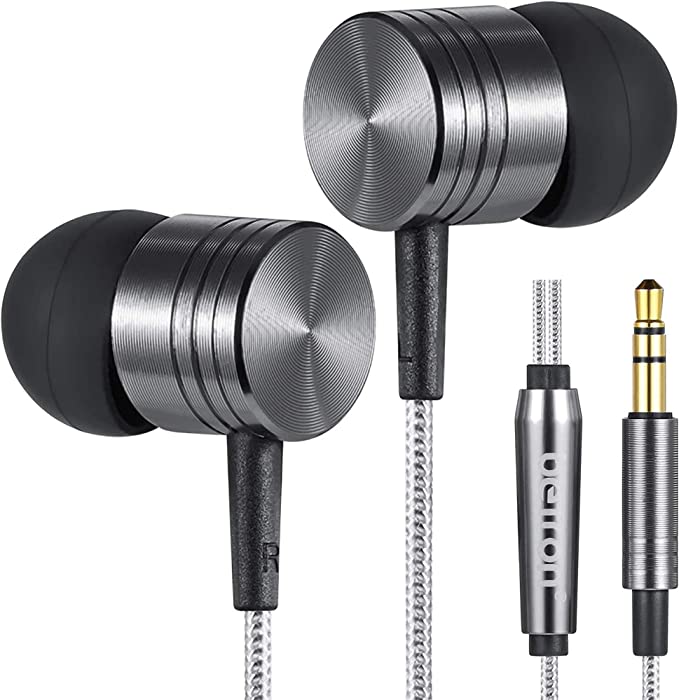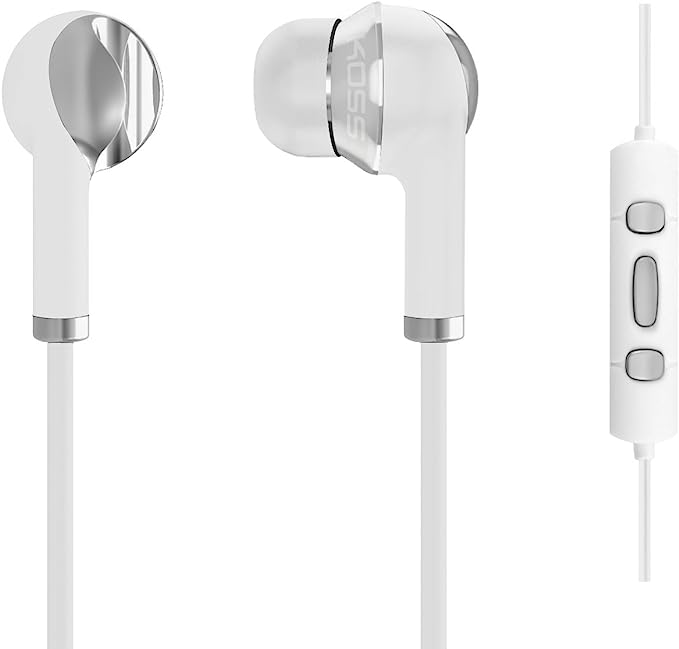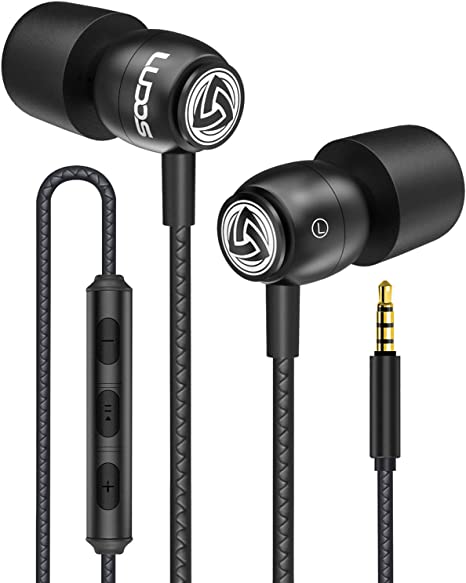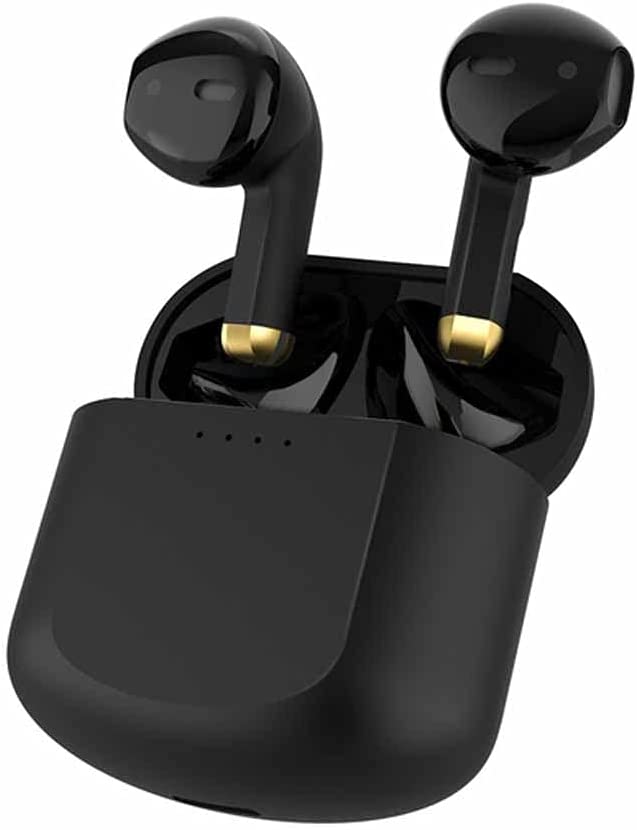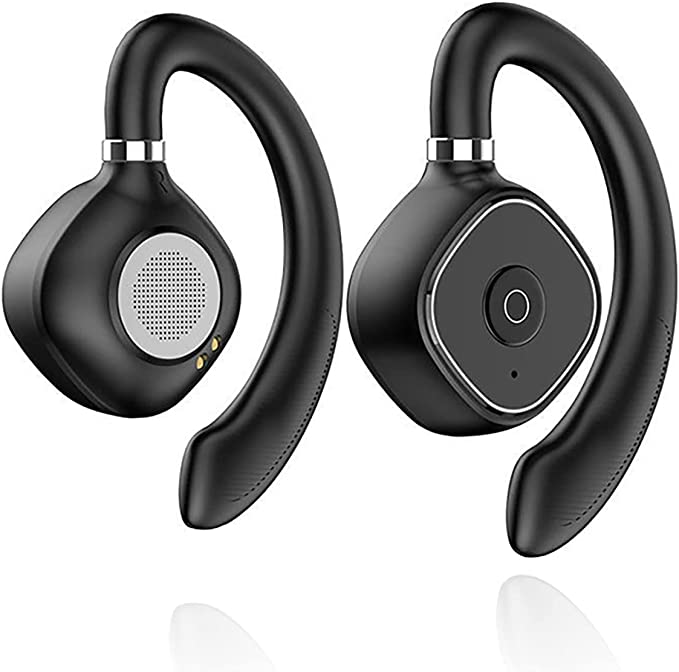Xmenha Invisible Wireless Earbuds- Comfortable and Stylish Sleep Earbuds
Update on July 1, 2025, 10:28 a.m.
Picture a subway car in 1982. A teenager leans against the door, encased in the vibrant orange foam of their Sony Walkman headphones. They are a pioneer, their music a public declaration, a badge of a new kind of personal freedom. The device is as much a statement as it is a speaker.
Now, fast forward to today. A software developer sits in a bustling open-plan office, fingers flying across the keyboard. To an observer, she seems present, part of the ambient hum of collaboration. Yet, in reality, she is worlds away, immersed in a deep-focus playlist, her gateway to this private sanctuary completely hidden from sight.
What happened between these two moments? It’s a story of more than just shrinking technology. It’s the story of a profound shift in our relationship with sound, a quiet but powerful movement from conspicuous consumption to invisible immersion. This is the unseen revolution, and devices like the Xmenha Invisible Wireless Earbuds are its latest dispatch from the front lines.

The Incredible Shrinking Machine: The Art of Disappearing Tech
To understand how a piece of audio technology can effectively vanish into the human ear, we must first appreciate the relentless forces that have driven miniaturization for half a century. This isn’t just about making things smaller for novelty’s sake; it’s about making technology so seamless that it integrates with our lives, rather than intruding upon them.
The primary engine of this revolution is, famously, Moore’s Law, the observation that the number of transistors on a microchip doubles approximately every two years. This exponential progress has shrunk the “brains” of our devices to microscopic scales. But a second, equally crucial hero in this story is the evolution of the lithium-ion battery. Engineers have painstakingly increased its energy density, allowing for more power to be packed into ever-tinier spaces.
The inside of an invisible earbud is a testament to this micro-engineering. It’s less like a typical electronic circuit and more like a Swiss watch or a ship in a bottle—a three-dimensional puzzle where the Bluetooth antenna, the battery, the audio driver, and the control chip are all intricately layered, each component’s position critical to both function and form. The goal is to create a device that isn’t just worn, but inhabited.

Sculpting Silence: The Two Paths to Quiet
Once you have a tiny computer that can make sound, you face the next great challenge: managing the sound of the world around you. In the quest for quiet, engineers have forged two distinct paths: Passive Noise Isolation (PNI) and Active Noise Cancellation (ANC). Understanding the difference is key to appreciating the elegant strategy of invisible earbuds.
Imagine you want to soundproof a room. You could build thick, dense walls. This is Passive Noise Isolation. It’s a physical barrier that absorbs and reflects sound waves. It’s brilliantly effective, especially against high-frequency, unpredictable sounds—the short, sharp wavelengths of human chatter, a dog’s bark, or the clatter of a keyboard. These are precisely the sounds that most often shatter our concentration and disturb our sleep.
Alternatively, you could install a sophisticated system that listens for incoming noise and instantly blasts out an exact opposite sound wave—a peak to cancel a trough, a trough to cancel a peak. This is Active Noise Cancellation. It is a technological marvel, an interceptor system that excels at neutralizing constant, low-frequency drones, like the hum of an airplane engine or an air conditioner.
Devices like the Xmenha earbuds, by virtue of their minuscule size and design focus, masterfully employ the “fortress” strategy of PNI. They are not designed to electronically fight the roar of a jet engine; they are designed to be a perfect, physical seal against the chaos of the immediate environment. The selection of different-sized silicone or foam tips isn’t just an accessory; it’s the most critical part of the system. A proper fit creates an acoustic gasket, turning the earbud into a bespoke earplug that also happens to play your favorite podcast.

A Conversation with the Body: The Philosophy of Unseen Design
Perhaps the most remarkable aspect of these devices is not what they do, but how they feel—or rather, how they don’t feel. This is where technology transcends mere function and enters a dialogue with human anatomy. The design of an invisible earbud is an exercise in ergonomics, the science of fitting a product to the person.
Your ear is a unique landscape. The designers of these tiny buds focus on the concha, the bowl-shaped cavity of your outer ear. Their goal is to create a shape that “docks” within this natural harbor, resting securely without exerting significant pressure on any single point. It’s a sculptural process. When you lie on your side, a traditional earbud acts like a lever against the pillow, driving a painful pressure point into your ear canal. A well-designed invisible earbud, however, sits flush within the concha, becoming one with the ear’s profile. The force from the pillow is distributed across a wider surface area, making it comfortable enough to wear through the night. It is a philosophy of co-existence, not occupation.

The Invisible Superpower: Redefining Space and Focus
When these elements of miniaturization, acoustic isolation, and ergonomic design converge, something remarkable happens. The user is granted a kind of invisible superpower: the ability to curate their own sensory environment. This is more than a convenience; it’s a powerful tool for navigating the sensory overload of modern life.
This experience is supported by well-understood psychoacoustic principles. For the side-sleeper, the Sound-Masking Effect comes into play. By playing a gentle, consistent sound like white noise, the earbuds create a stable auditory floor. A sudden external noise, like a door slamming, has to be much louder to breach this floor and startle you awake. The earbuds don’t just block noise; they build a predictable soundscape that your brain can relax into.

For the office worker or student, the technology assists the brain’s natural Cocktail Party Effect—our innate ability to focus on one voice in a sea of chatter. By drastically reducing the “sea” of ambient noise, the earbuds lower the cognitive load on our brains, freeing up mental resources to be deployed on the task at hand. It’s not just about adding a soundtrack to your work; it’s about subtracting the distractions that deplete your focus.
In the end, the journey from the Walkman’s bold declaration to the invisible earbud’s quiet confidence is a story of technology maturing. It has evolved from a tool for projecting our identity outwards to one that helps us cultivate our world inwards. These tiny, unseen devices are more than just the next step in audio gadgets. They are sophisticated, accessible tools for focus, for rest, and for reclaiming a small, essential piece of the world for ourselves. And as this unseen revolution continues, it prompts a final, fascinating question: when we gain the power to perfectly control what we hear, what do we choose to truly listen to?



